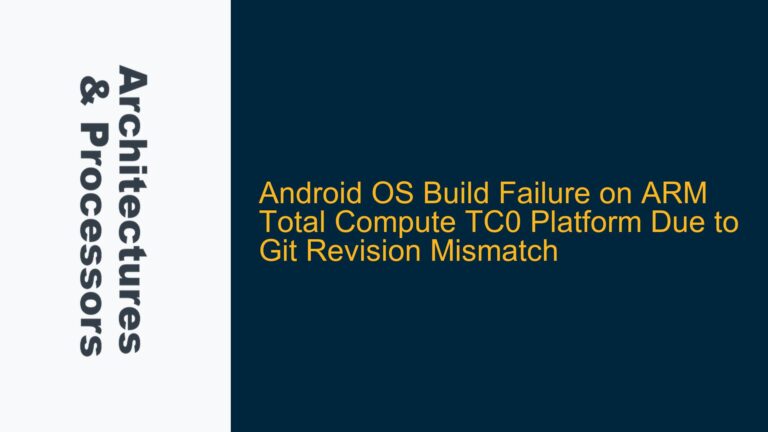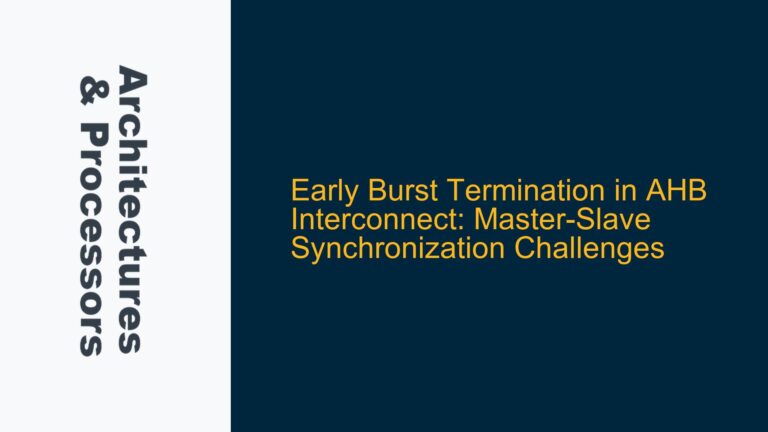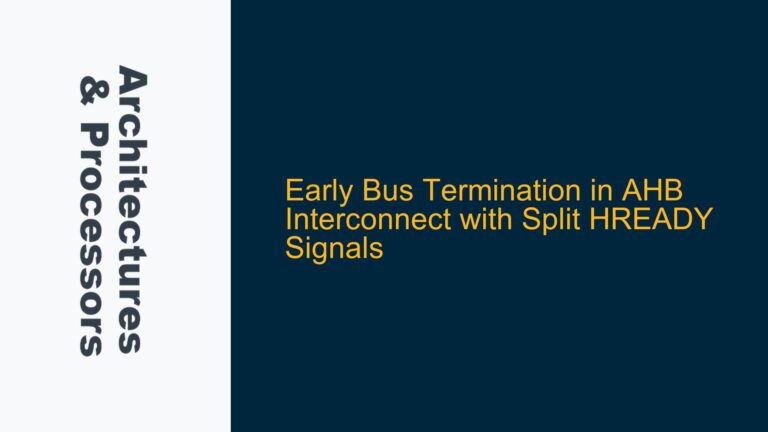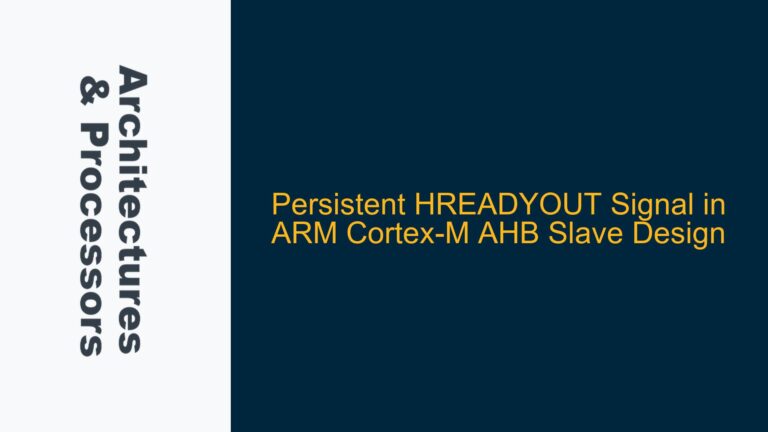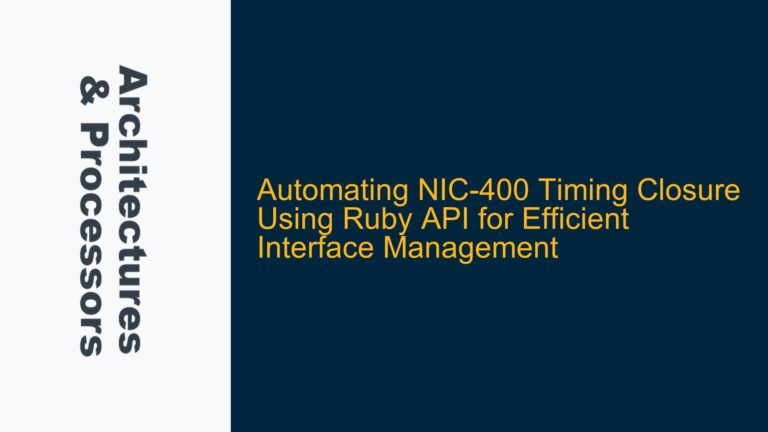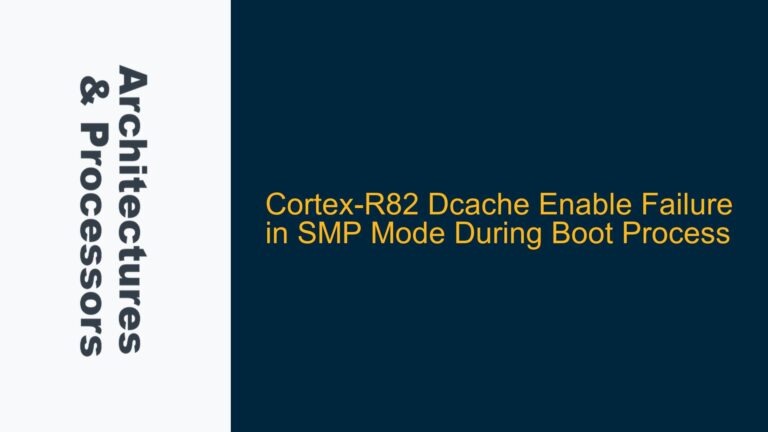Android OS Build Failure on ARM Total Compute TC0 Platform Due to Git Revision Mismatch
ARM Total Compute TC0 Android OS Build Error: Missing Git Revision Resource The issue at hand involves a build failure during the compilation of the Android OS on the ARM Total Compute TC0 (TC0) platform. Specifically, the error occurs when executing the bitbake tc-artifacts-image command, which is part of the BSP (Board Support Package) firmware…
